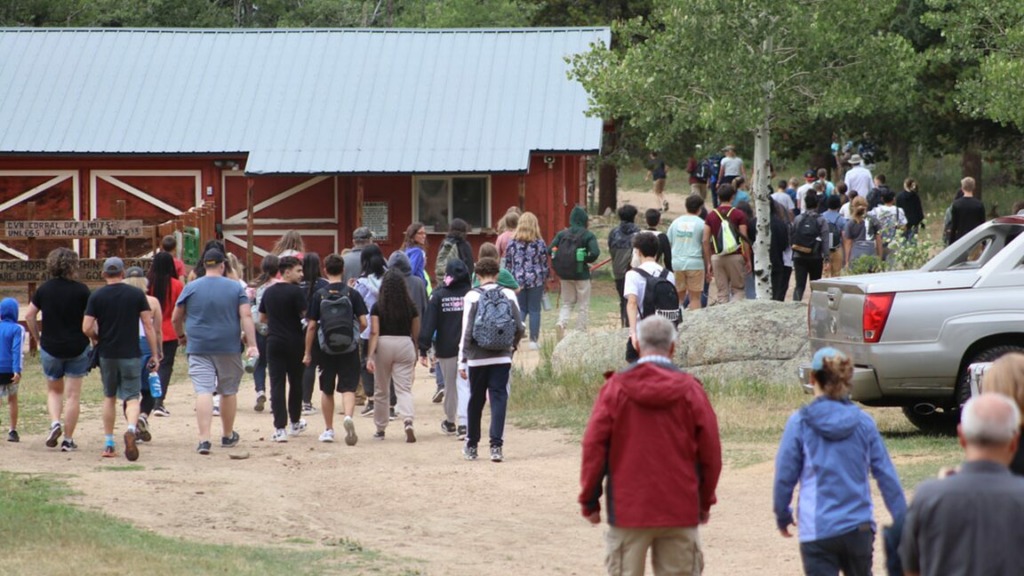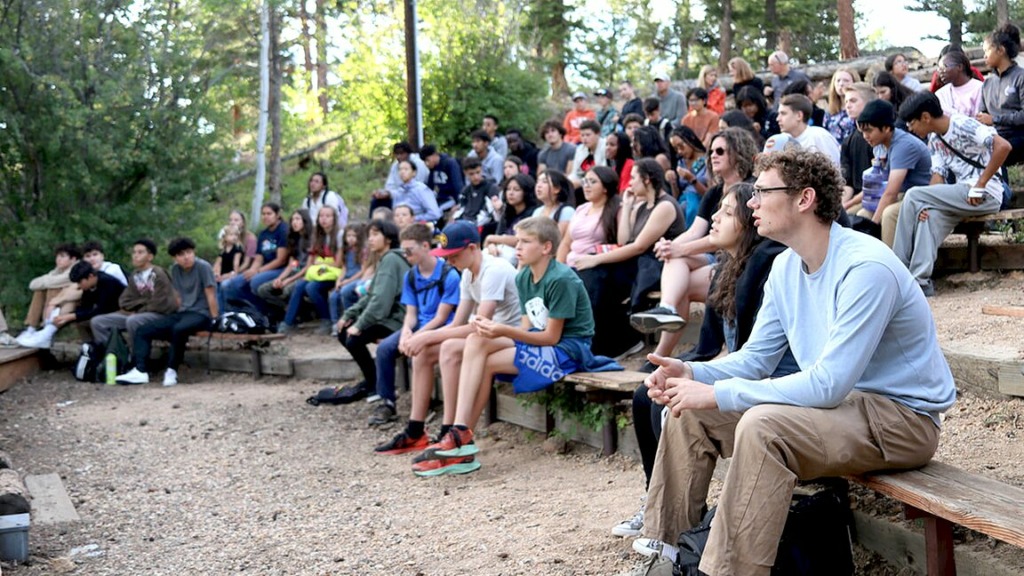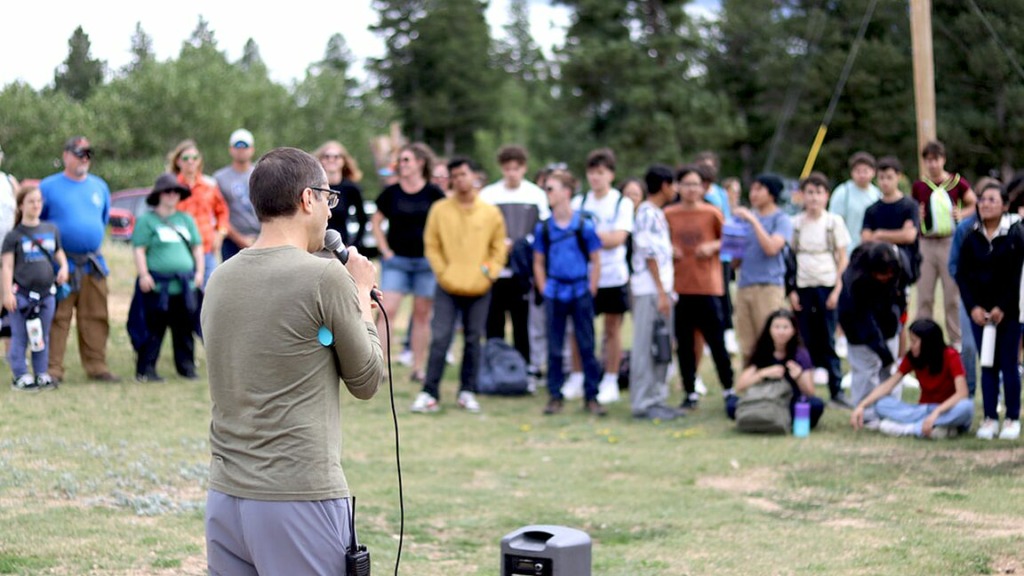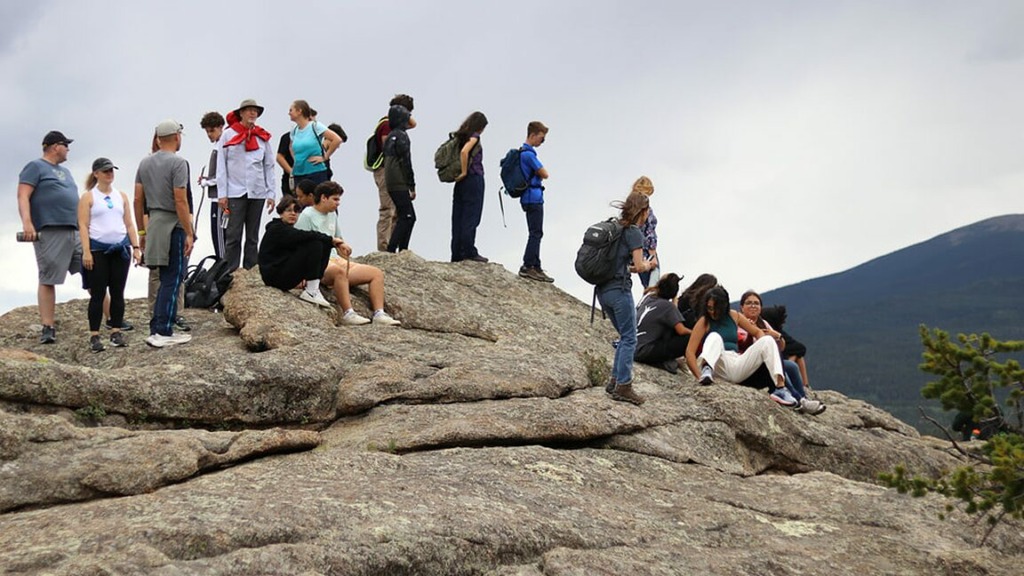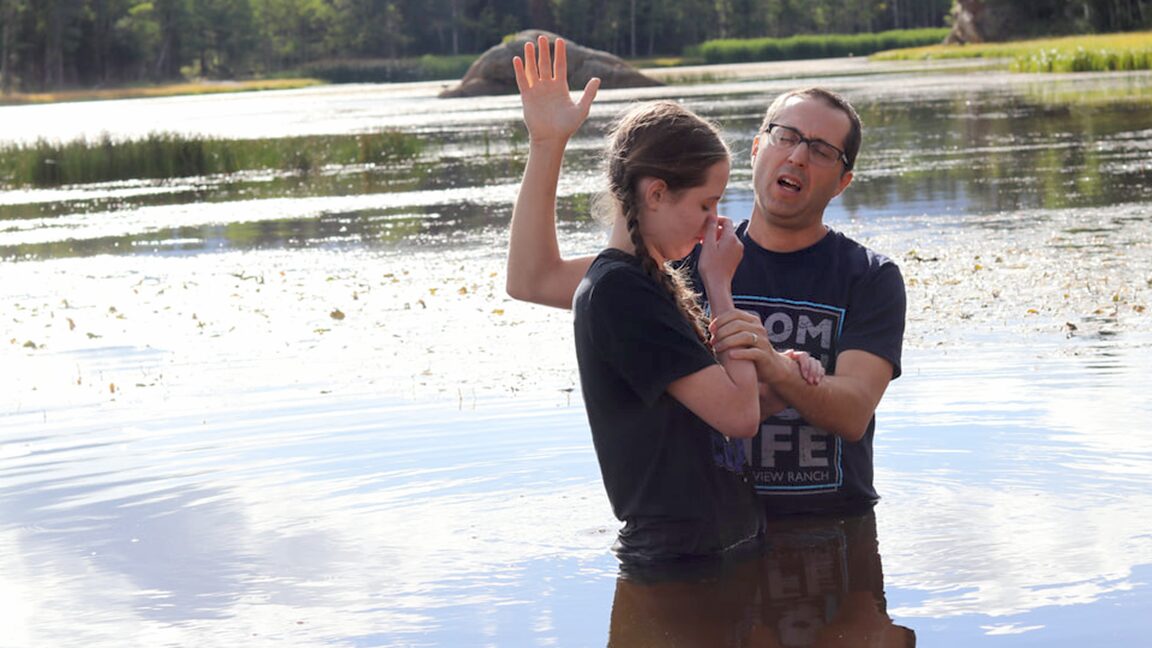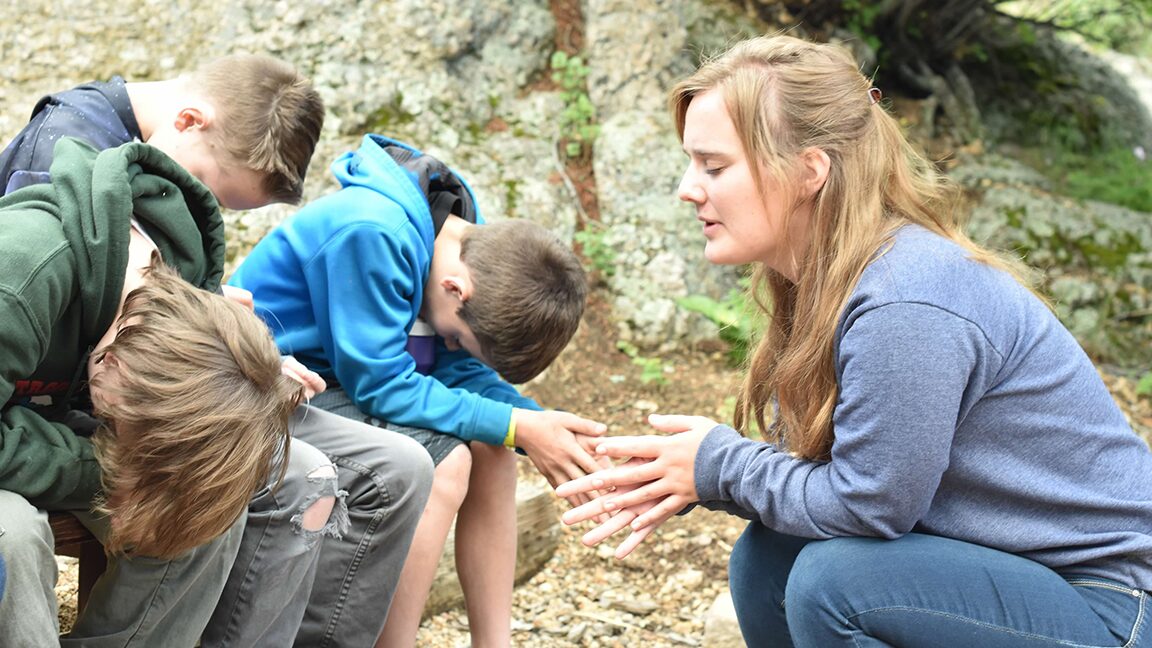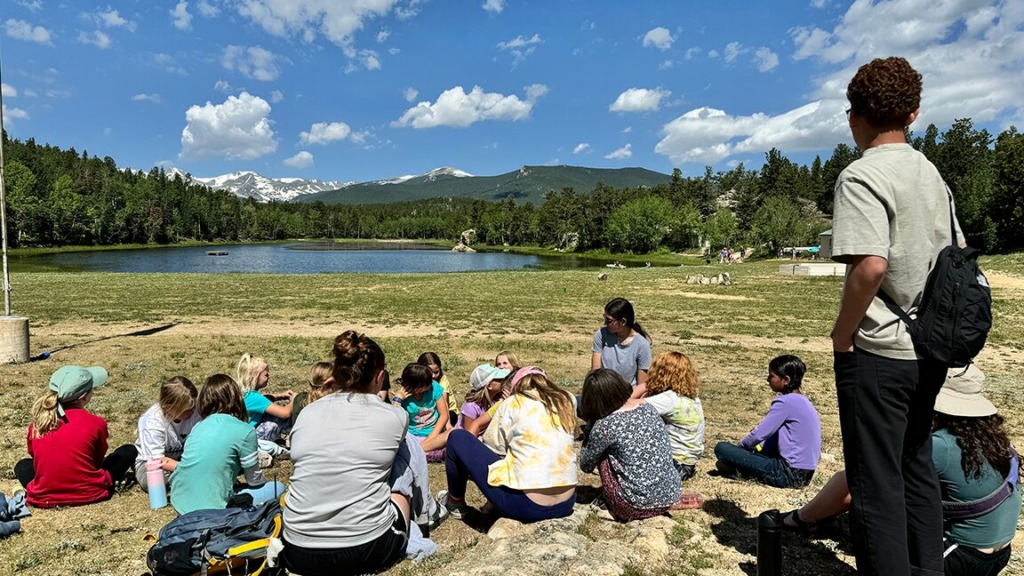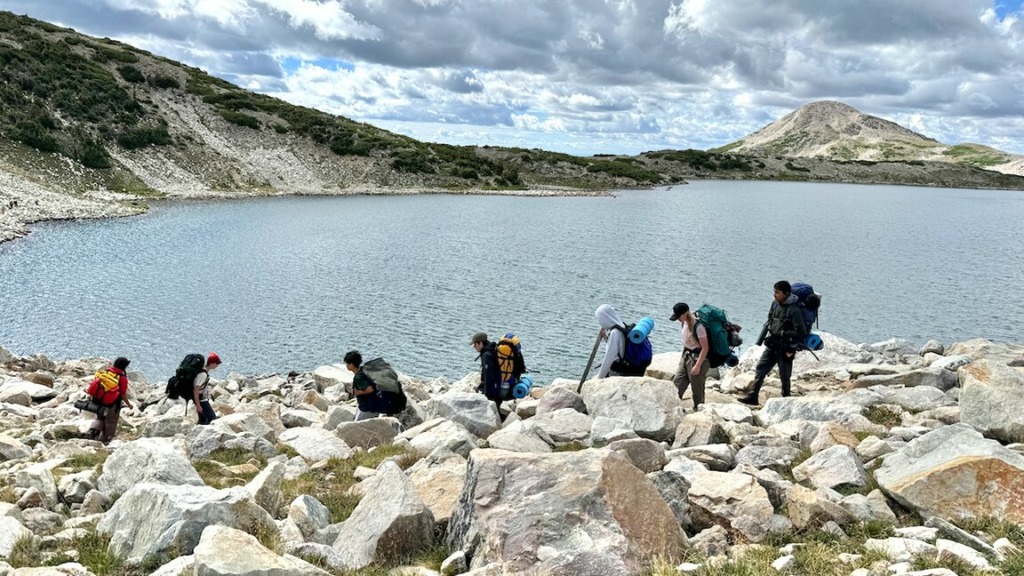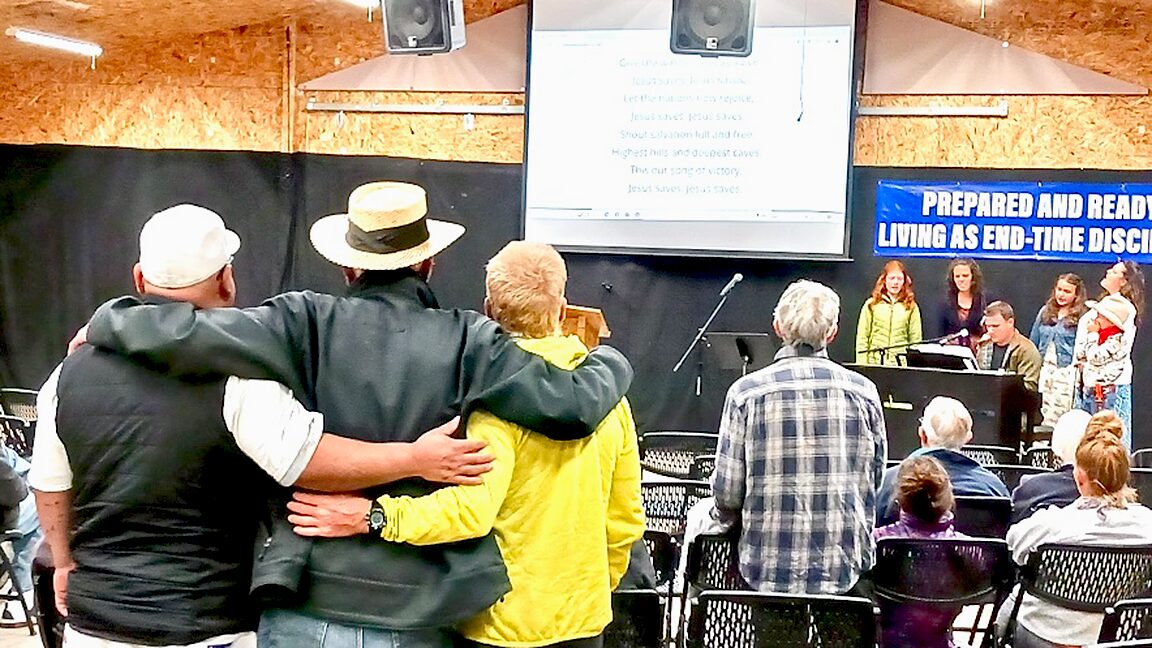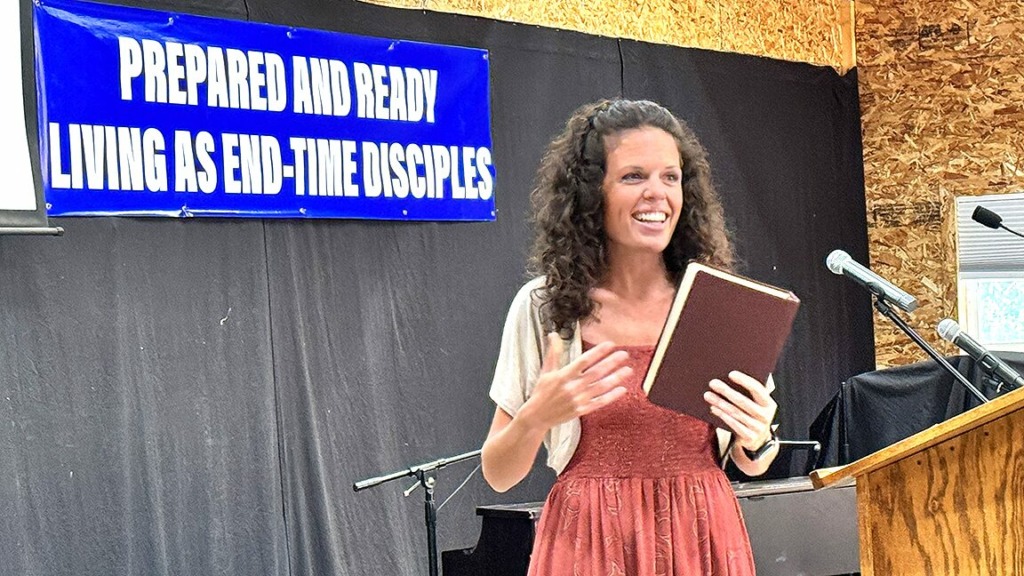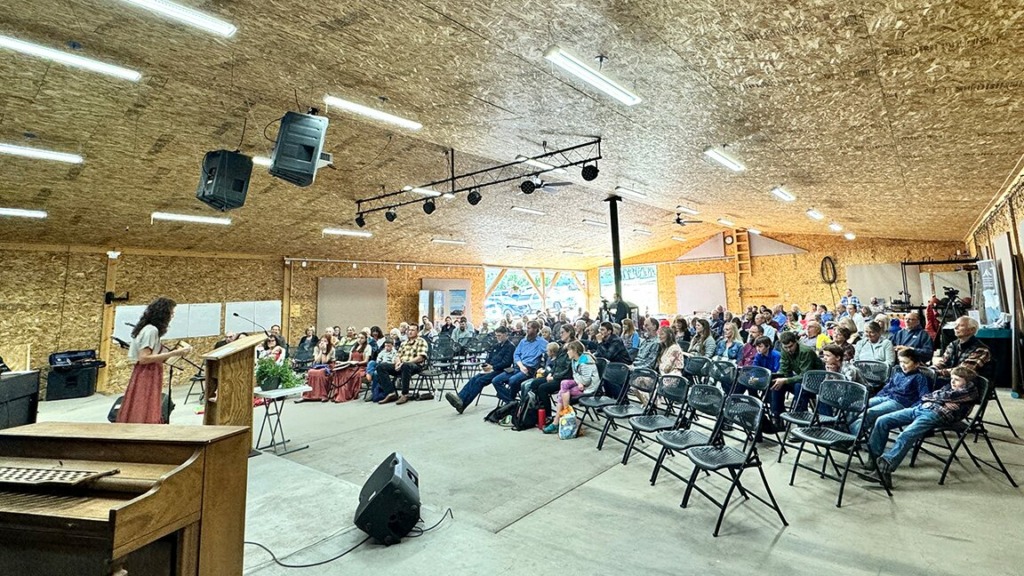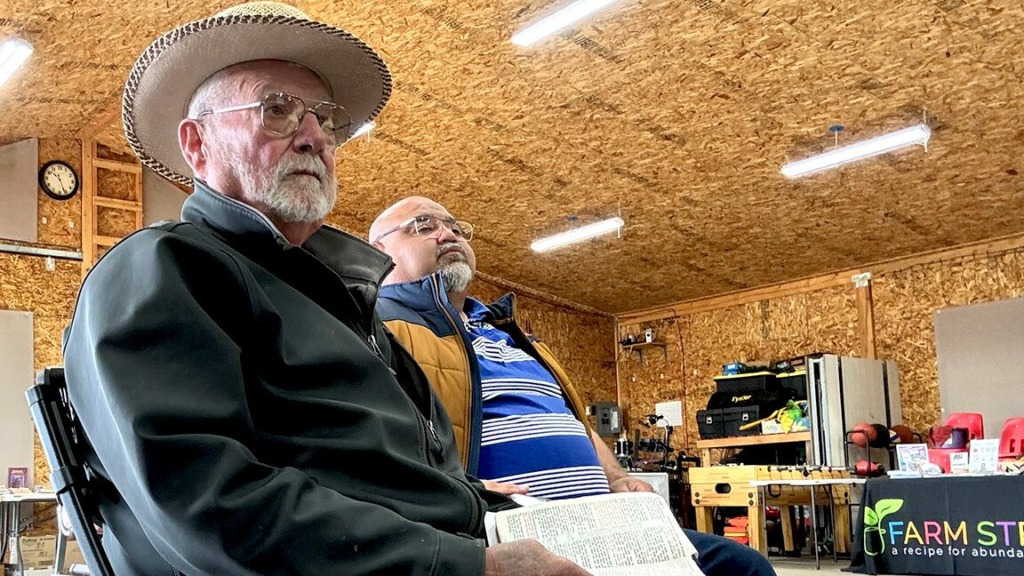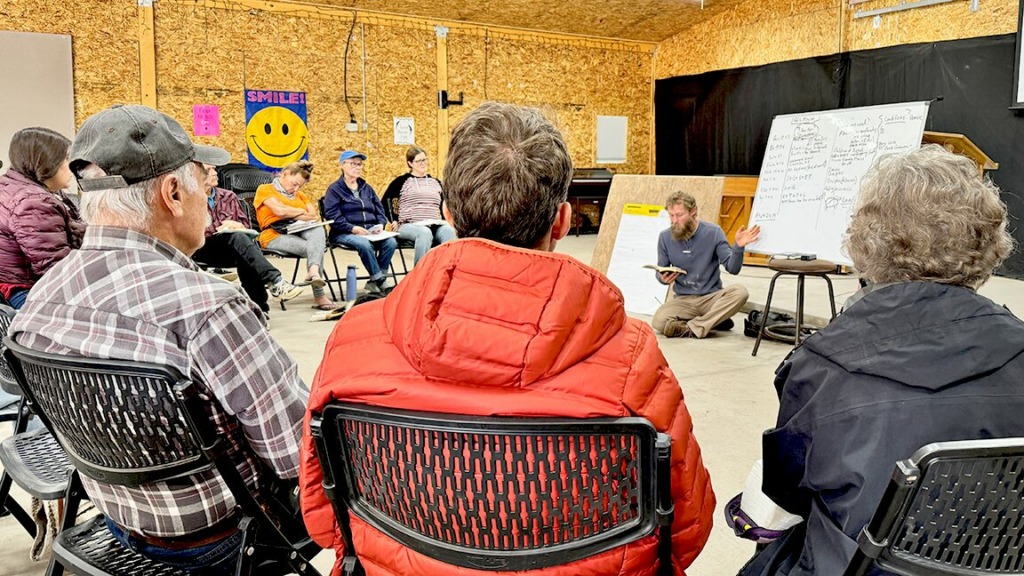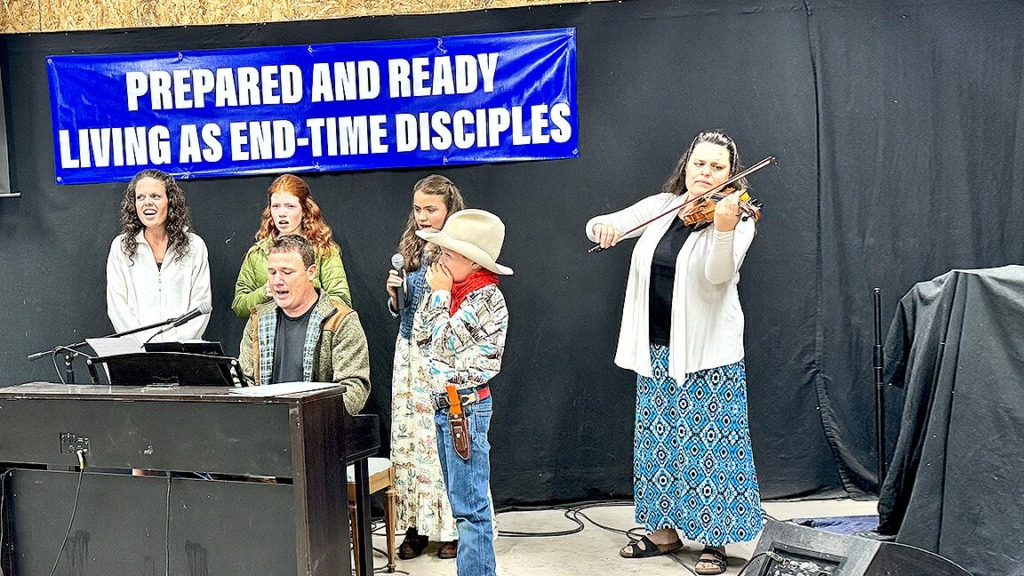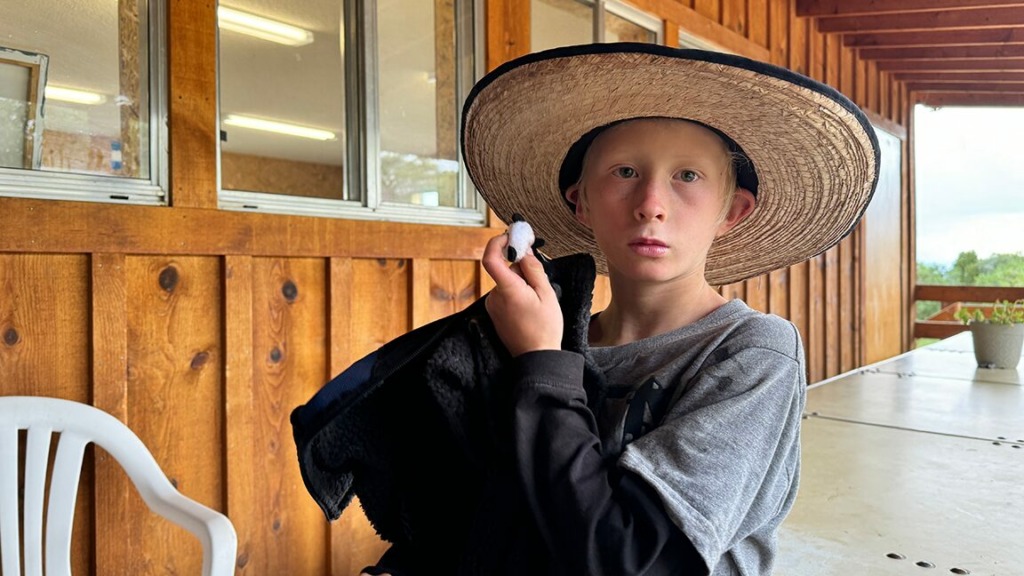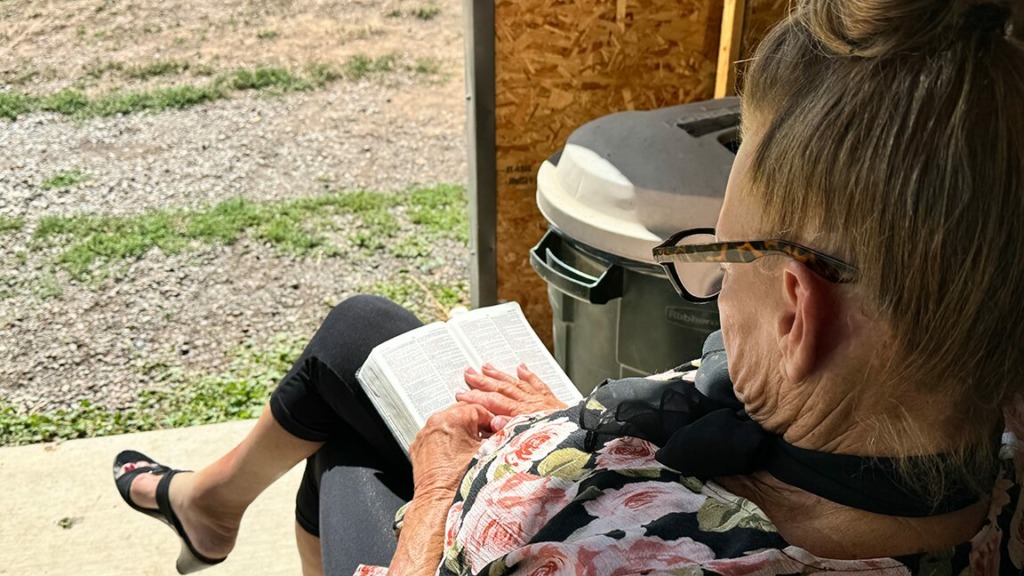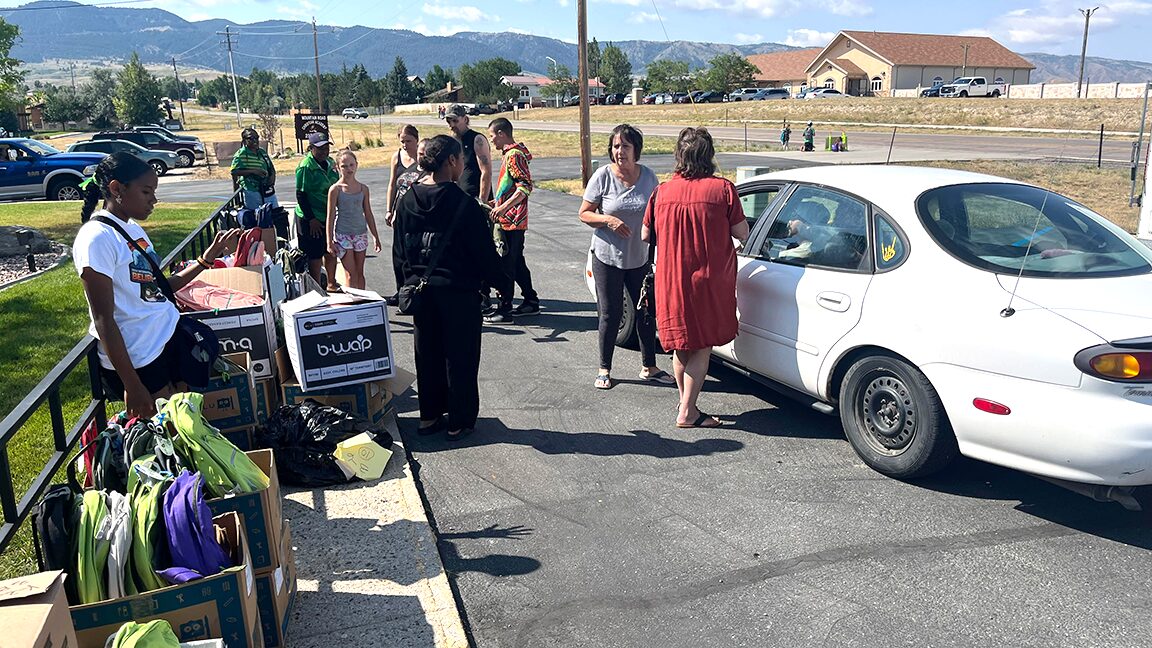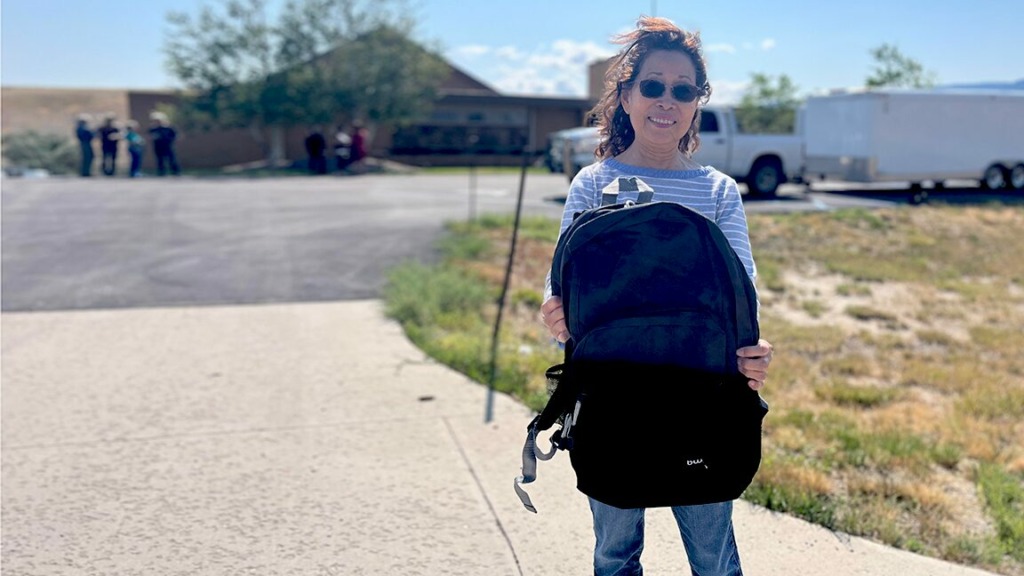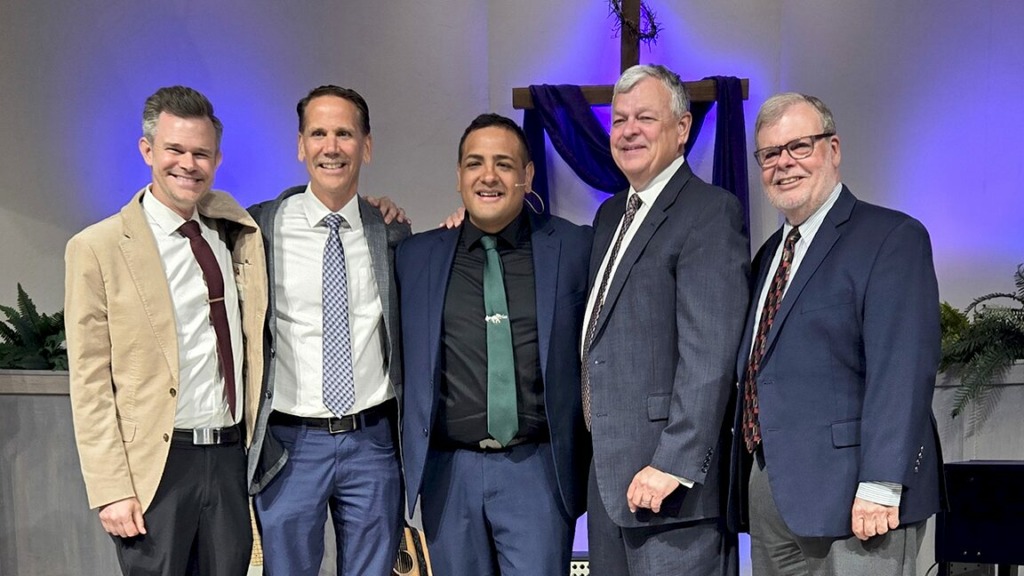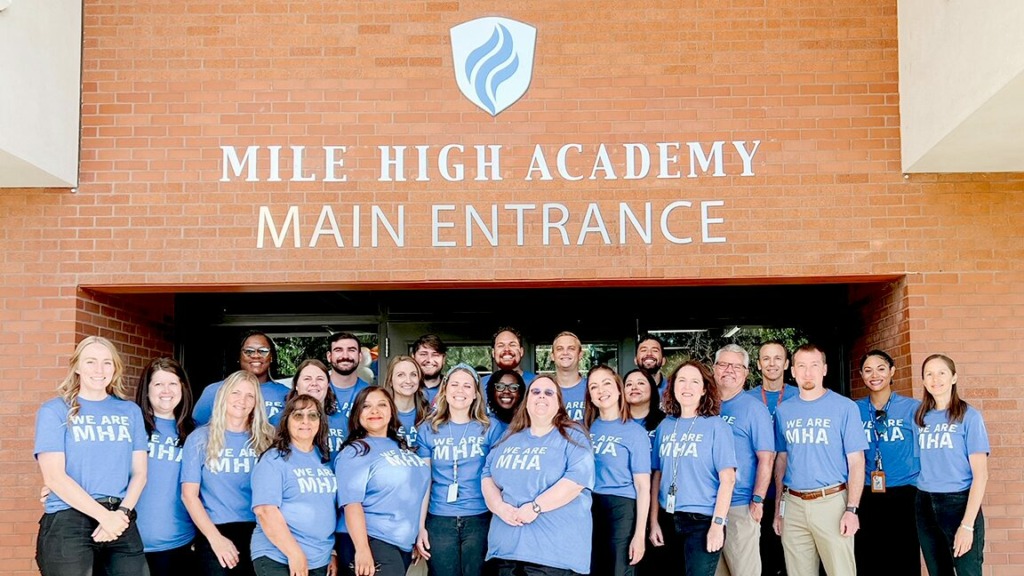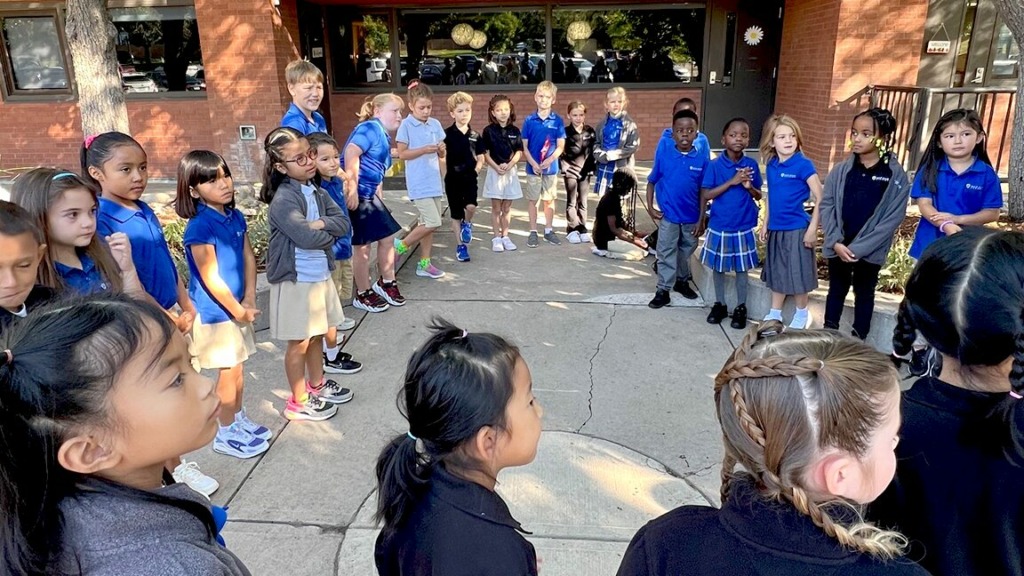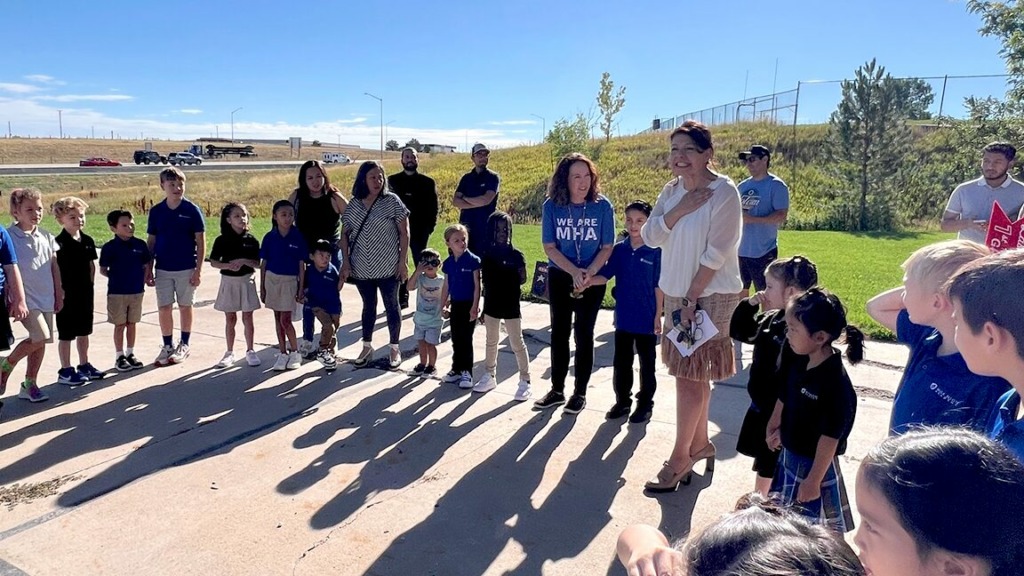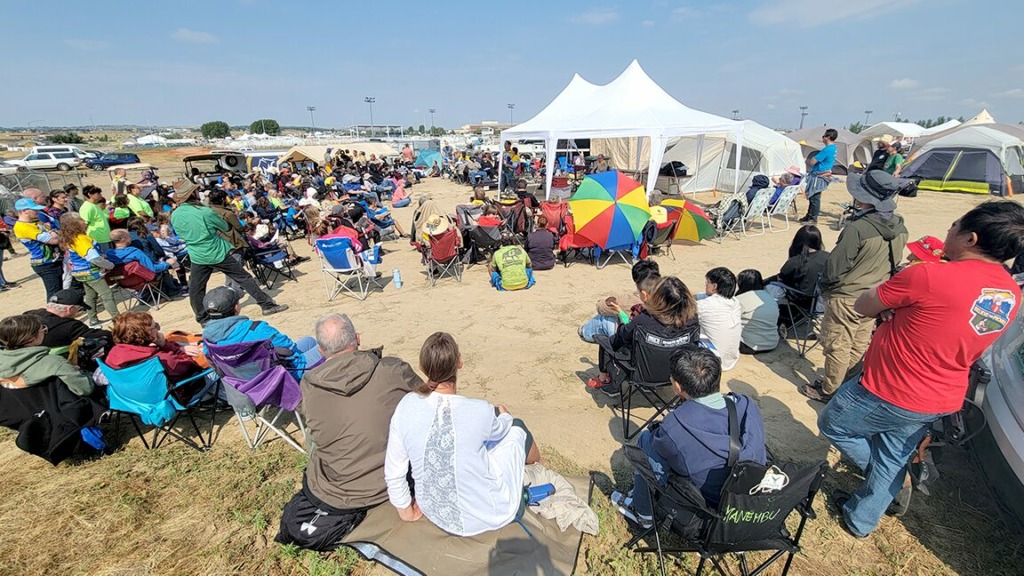RMCNews – Gillette, Wyoming … The theme “Believe the Promise” was tested true at the 2024 International Pathfinder Camporee held at CAM-PLEX Multi-Event Center in Gillette, Wyoming, August 5-11. The “promise” was that of a personal and spiritual journey.
The first days of the program were seasonably warm and a bit windy for the 60,000 participants setting up their club campsites in their allocated union areas. Pathfinders were able to participate in around 300 honors activities, pin trading, community service projects, and a multitude of local activities, one being small rodeo demonstrations.
Jade Teal, RMC Youth assistant director, assisted in leading a climbing expedition at Wyoming’s Devils Tower National Monument in for Teen Leadership Training (TLT) program to climb one pitch of the monument. “So, we had prayer before we went up,” Jade reminisced. “I’m really scared of heights. But I’m tied into a rope so I know I’m okay, because I can trust my rope. And we can trust God, so we don’t have to be afraid.” There were supposed to be five sessions, but weather conditions only allowed for one session on Monday, August 5. There were four TLT’s that participated in that session: one from Nebraska and three siblings from Canada.
Several RMC Pathfinders received recognition during Camporee. The Flying Garuda Pathfinder Club from the Colorado Indonesian-American Seventh-day Adventist Church in Denver, Colorado, won first place for the basic marching category in the Drill Team & Drum Corps competition featuring the Mid-America, North, and North Pacific Union clubs, August 6. Two of the six $500 Adventist school scholarships for best modules built in the Great Ball Contraption challenge were awarded to RMC Pathfinders from the Littleton Lights Pathfinder Club, Nathan Matabi and Benjamin Pelley, from Littleton Seventh-day Adventist Church in Littleton, Colorado.
Activities at Camporee were put on hold when a severe storm passed through the region on Tuesday evening, August 6. Campers were evacuated into the facility buildings or their vehicles while heavy rain and winds tore through the camp. Many campsites throughout the CAM-PLEX sustained damage, leaving some clubs without shelter until equipment could be dried out or replaced. “What you can see is God’s guidance and his protection. Yes. A lot of camps were wiped out, but I’m not aware of anyone who was hurt,” remarked Axel, an instructor and counselor with the Riffle Seventh-day Adventist Church Pathfinder Club in Rifle, Colorado.
Personal reports from participants were given of local Gillette facilities opening up to provide housing for the night, residents bringing over camping supplies and sleeping bags, and one RMC employee recounted hearing about a local Gillette woman doing laundry at her home for a family with an infant. There were many that remarked the day after the storm how much the Pathfinder and local community came together during this moment of crisis.
Doug Inglish, RMC vice-president for administration, personally ordered and delivered food to take to the displaced Pathfinder clubs that were staying at the Gillette Seventh-day Adventist Church the night of the storm. “To carry, in both hands, 80 burritos was not an easy task,” he light-heartedly remarked. The recipients mentioned how appreciative they were for a warm meal.
Camporee activities and programs resumed at noon, August 7. By that afternoon, camps had been rebuilt and traces of the impact of the storm were not visible other than dumpsters full of mangled and torn camping equipment.
Several Pathfinders from RMC clubs joined the over 1,000 runners in Camporee’s 5k race, August 9, including the Denver South Hispanic, Littleton, and Cody churches. Michael Taylor, lead pastor at the Casper Seventh-day Adventist Church in Casper, Wyoming, was one such racer: “It was a beautiful day; fantastic weather. As a runner, I love the overcast and slightly breezy [days]. It made it just perfect running weather.”
After the race, the announcement had been made that Camporee would be closing down a day early, and that Friday, August 9, would be last full day of activities. It was also announced that the Saturday night baptisms would be joined with Friday night’s group and that they would run the remaining acts of the Moses production as well. The 16 RMC Pathfinders joined the 500 baptism candidates in the baptismal pools located in the evening program stage.
Ten-year-old Oscar from the Brighton Seventh-day Adventist Church Pathfinder Club in Brighton, Colorado, was baptized that night. When asked why he chose to be baptized at Camporee, he said, “Because there was going to be a lot of people here, and everyone could see me give my life to God.” His fellow club member, Josephine, decided during Camporee to be baptized after watching keynote speaker Damian Chandler: “I wasn’t going to do it at Camporee, but what he said last night in the [evening program] really hit me.”
The Camporee-wide Sabbath service on Saturday, August 10, had been canceled, but many conferences offered the option for their clubs to stay for a conference-wide service. RMC conducted an impromptu conference-wide Sabbath service that was well attended. Leandro Bizama, Campion Church associate pastor, led the praise music during the open-air service with RMC president, Mic Thurber, giving the sermon and Doug Inglish, RMC vice president for administration, giving the prayer.
Special music was provided by members of the Louisville and Indonesian Seventh-day Adventist churches, and the Camporee theme song was sung. The service also featured special recognition of last night’s baptism participants and a love offering collection for a couple from Brazil who assisted RMC at Camporee until serious health issues put the wife into the hospital.
Following the Sabbath service, a special ceremony was held at the RMC camp area for the seven RMC Master Guide candidates: David Hopkins, Lacinda Hopkins, Roger Beckermeyer, Jen Beckermeyer, Brent Learned, Natalie Lerma, and Joel Hernandez. The Camporee-wide ceremony had been canceled.
Many RMC Pathfinder clubs had departed by late afternoon with only a few partial clubs staying around to enjoy time together and do last pin trades. “I was so impressed driving through the camping areas after most clubs had left at how clean everything looked,” commented Inglish. “No litter! Just a few overflowing dumpsters, which is to be expected.”
While the weather conditions and cancellations may have created difficulties for Pathfinder and Camporee leaders, the resounding feedback from the young Pathfinders was that it was a wonderful experience. Nancy, a 17-year-old first-year Pathfinder from the Montrose Seventh-day Adventist Church in Montrose, Colorado, remarked on her experience: “I think my favorite thing has been all the friends we made along the way. Also, [I liked] the concert last night. I really felt the Holy Spirit, and it was honestly such a good feeling.”
But the Camporee experience did not end in RMC once clubs left the CAM-PLEX. Other national and international Pathfinder clubs had flown into Denver International Airport to leave on Sunday flights and needed to find lodging for Saturday. It was reported to RMCNews that several Adventist schools and churches hosted these pathfinder groups from Denver to as far north as Casper, Wyoming.
Rajmund Dabrowski, RMC Communication director, was an RMC representative and involved in assisting the North American Division (NAD) of Seventh-day Adventists media relations. “Our involvement yielded 16 articles in the local Gillette and Wyoming state media. We were not just involved for ourselves, but for the benefit of others.”
RMC Communication Department would also like to acknowledge Nathan Cranson, lead pastor for the Montrose, Gunnison, and Paonia Seventh-day Adventist Churches on the Western Slope of Colorado, for his videography support at Camporee. His video of the morning after the storm has had a staggering reach of 100,000 to date, and his works received accolades from fellow North American Division (NAD) media reporters. His videos can be viewed on the official RMC Camporee webpage and Facebook site.
Mic Thurber, RMC president, was present for the entirety of the 2024 International Pathfinder Camporee and remarked, “Words seem inadequate to summarize the camporee. Maybe simple declarations are enough. Some will think: heat, lightening, downpours, crowds, and mud. But others will think: new friendships, learning, singing, pins and pin trading—you’d have had to have been there to fully get that!—adventure, baptisms, Moses, meeting other cultures, and lots and lots and lots of fun and joy!”
“Kudos to our youth and Pathfinder leaders for their incredible work and leadership in helping it to be a memorable experience for all,” he continued. “I can’t help but think our heavenly Father looked down and thought, ‘Well done, My good and faithful servants.’”
—RMCNews. Photos supplied.

